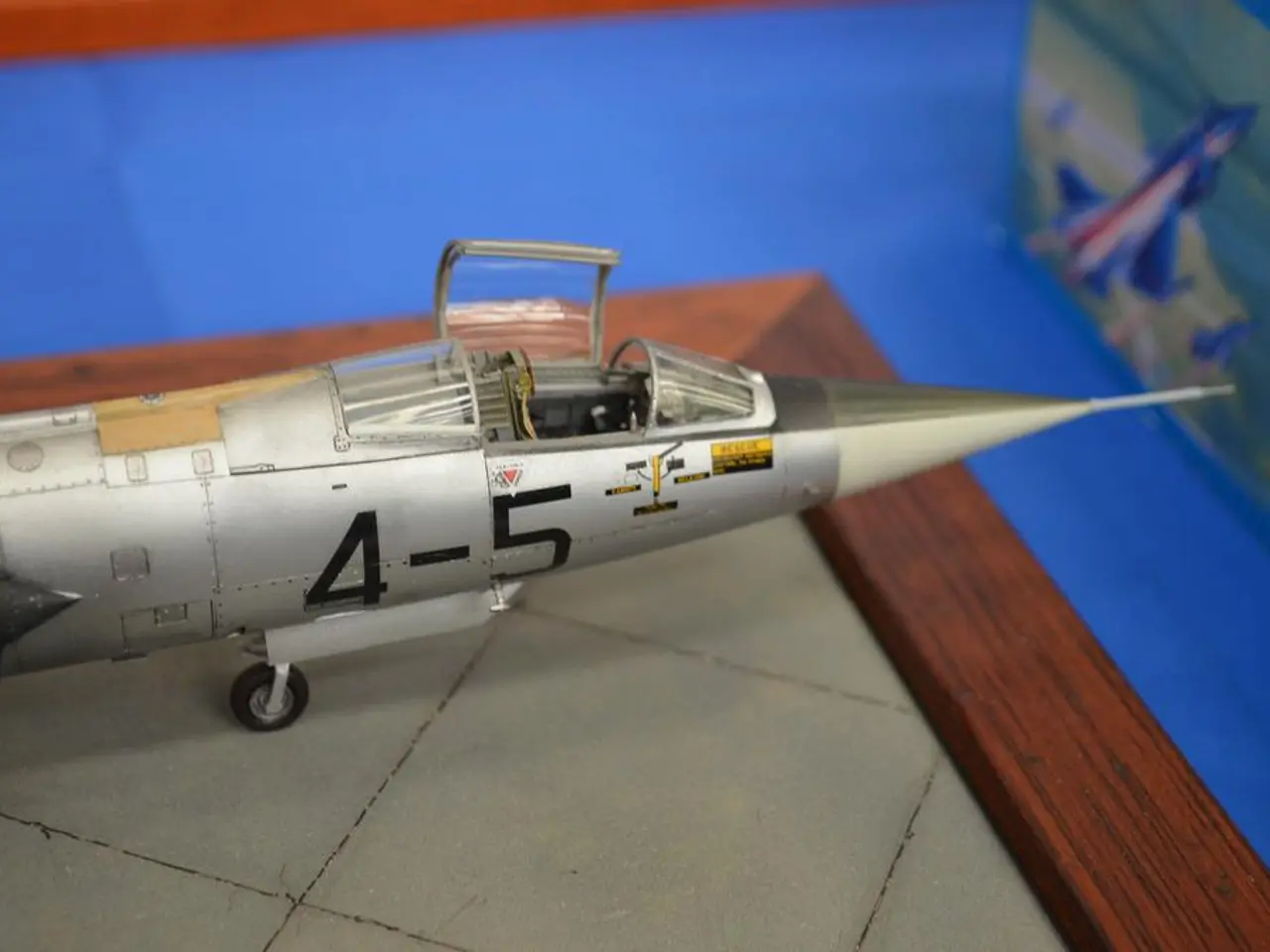Accelerating advancements in flight testing: The A321XLR soars higher
Delays and Testing Continue for Airbus A321XLR as Type Certification Nears
The much-anticipated Airbus A321XLR is facing delays in its entry into passenger service due to certification and supply chain challenges. American Airlines received their first A321XLR in late July 2025, but the aircraft remains grounded awaiting seat installation and certification, pushing its entry into passenger service likely until the end of 2025 or later. United Airlines faces even further delays, with its first delivery pushed from January 2026 to mid-2026.
As the aircraft awaits full regulatory type certification, Airbus is focusing on the remaining flight test aircraft in the development programme. The four flight test aircraft are primarily concentrating on system integration validation, testing structural integrity and performance under extended-range operational conditions, completing certification of cabin modifications, finalising engine performance and reliability, and demonstrating fuel efficiency and environmental compliance under varying operating conditions.
The A321XLR development programme will have four flight test aircraft in total. Notable flight-physics-related changes on the -XLR include a simpler single-slotted inboard flap system, an electronically signalled "e-Rudder", and uprated landing gear, wheels, and brakes. The on-board FTI suite in the new test aircraft can record and process over 80,000 lines of data, fed by more than 1,000 physical measurement transducers installed throughout the aircraft.
The aim is to enhance flight control design commonality across all programmes. MSN6839 has performed 'velocity minimum unstick' (VMU) tests, determining operational takeoff speeds for airline pilots. In parallel to entry into service, Airbus is building its full industrial system, including all jigs, tools, and processes.
One of the four flight test aircraft is an upgraded regular A321neo (MSN6839) with several new features designed for the -XLR. FTV1 has already completed flight-envelope opening, flight control laws clearance, rotation law evaluation, angle-of-attack (AOA) protection tuning, high-speed performance flights, anemometry calibration, fuel and landing gear system ground testing, and some autopilot tests. By the fourth quarter of this year, the three aircraft will be flying actively.
FTV1 and FTV2 have different engine types: CFM LEAP-1As for FTV1 and P&W GTF engines for FTV2. The first two new-build A321XLR test aircraft, FTV1 (MSN11000) and FTV2 (MSN11058), are equipped with the full suite of flight-test instrumentation (FTI) and engineer interactive stations. Two more prototypes of A321XLR development aircraft are in advanced stages of manufacture and will join the certification flight-test campaign.
The new inboard flap system has been retrofitted into MSN6839, making it aerodynamically equivalent to the A321XLR once the landing gear is retracted. FTV3's duties will also include demonstrating the aircraft's operation on expected route scenarios for customers, especially demanding ones to validate the aircraft's operation at the extremities of take-off weights, range, runway constraints, ground temperatures, and weather conditions.
The submission of all final documents to the airworthiness authorities is expected around the end of next year. The completion of the flight testing and ground lab testing will allow for the validation and certification of the complete aircraft. FTV3 will be powered by CFM LEAP engines and will feature a 'lighter' FTI installation. The third new-build aircraft, FTV3 (MSN11080), will focus more on maturity testing of the passenger cabin interior elements and route-proving for customers. FTV1 and FTV2 will focus on the aircraft's technical systems, updated flight controls, handling, and performance.
Although the A321XLR is facing delays in its entry into passenger service, the focus on the remaining flight test aircraft in the development programme indicates that Airbus is working diligently to ensure the aircraft's certification and readiness for commercial service.
The development programme of the Airbus A321XLR involves four flight test aircraft, each focusing on different aspects of the aircraft's certification. While FTV1 and FTV2 have different engine types, they are primarily concentrating on system integration validation, testing structural integrity, performance under extended-range operational conditions, and other tests. As the Flight Test Vehicle 3 (FTV3) is underway, it will demonstrate the aircraft's operation on expected route scenarios, while also focusing on maturity testing of the passenger cabin interior elements and route-proving for customers. In the finance and technology sector, Airbus is building its industrial system, including all jigs, tools, and processes, to ensure the aircraft's readiness for commercial service in the aerospace industry.








